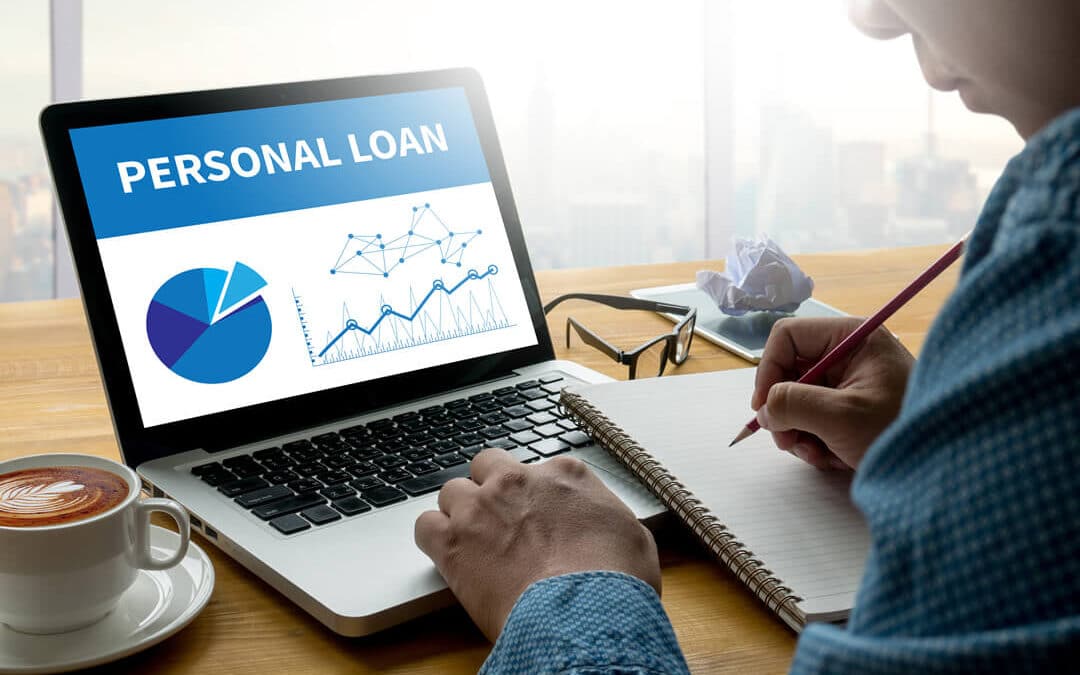Filing Bankruptcy on Personal Loans
According to data from the credit bureau TransUnion, personal loans are the fastest-growing consumer debt. The credit bureau says from the first quarter of 2017 to the first quarter of 2018 the number of outstanding loans rose from 16.9 million to 19.2 million. They attribute the growth in personal loans to an ease in loan regulations, lower unemployment, and an increase in short-term loans from online lenders.
Although these loans may be easier to get now, they can often become difficult to pay back. If personal loans are part of your overwhelming debt, you could get relief through bankruptcy.
What are Personal Loans?
A personal loan is typically a type of installment loan ranging from $1,000 – $50,000. This means a borrower must pay the loan back at fixed or variable rates in monthly installments for the life of the loan which usually ranges from 1 to 5 years.
Consumers seek personal loans from various lenders such as
- banks
- credit unions
- consumer finance companies
- online lenders
- personal lenders
What makes personal loans so attractive is that you can usually use the money for any reason. Many consumers use the personal loan money to help with:
- debt consolidation
- home improvements
- auto repairs
- medical bills
- education expenses
- other major expenses
Most personal loans are unsecured. This means the lender does not require the security of collateral (personal property) from the borrower to lend them the money. While this means the consumer will not lose their property if they default on the loan, the lender can still take legal action against them to get repayment of the loan.
Bankruptcy and Personal Loans
One of the main purposes of bankruptcy is helping consumers eliminate their unsecured debt. Because most personal loans are unsecured, they could be discharged in bankruptcy.
How your personal loan debt is discharged depends on the type of bankruptcy you file.
Under Chapter 7 Bankruptcy, unsecured debts are completely discharged at no cost to the debtor. Chapter 13 Bankruptcy reorganizes a filer’s debt and requires them to pay it back through a court-approved repayment plan, typically lasting 3 to 5 years. A debtor typically pays back a fraction, or sometimes even none, of what they owe on unsecured debt through the Chapter 13 Bankruptcy plan.
An experienced bankruptcy attorney can help you determine which type of bankruptcy is best for you and your financial situation. If you have questions about your personal loan debt and bankruptcy, please contact us for a free evaluation. Let us see if we can help you get a financial fresh start.

